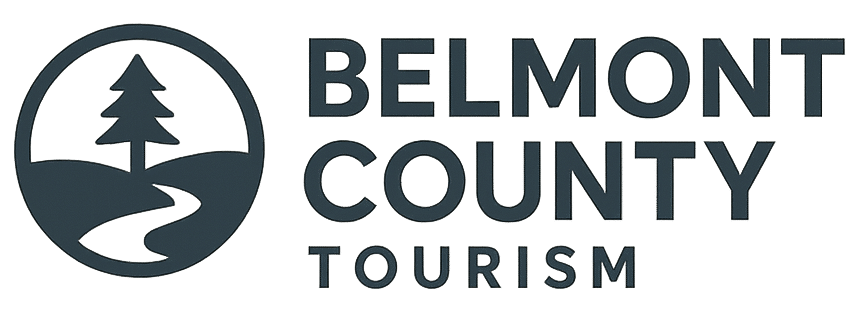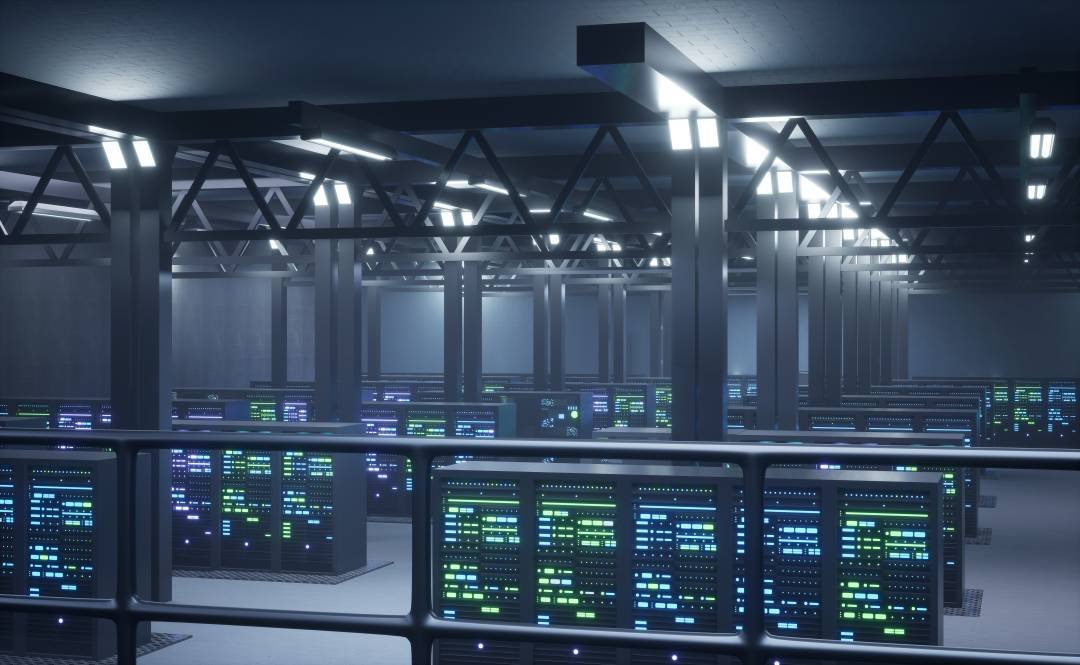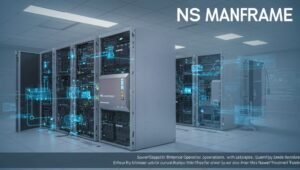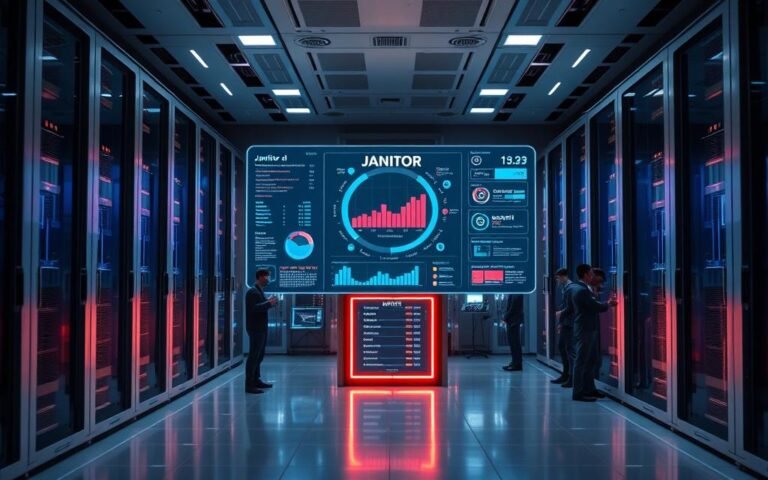NS Mainframe: The Digital Backbone of Norfolk Southern Corporation
Unlike ordinary servers, the NS Mainframe prThe NS Mainframe is the core digital infrastructure used by Norfolk Southern Corporation (NS) to manage, monitor, and optimise its vast rail network operations. It functions as a central computing system responsible for real time data processing, logistics management, and enterprise-level automation. NS Mainframe integrates advanced computing, analytics, and cloud capabilities to ensure operational efficiency across thousands of freight routes and assets.ovides continuous uptime, scalability, and unmatched reliability critical for rail logistics that depend on precision, safety, and compliance.
What is the NS Mainframe?
The NS Mainframe is a mission critical computing framework that processes millions of transactions daily within NS’s logistics ecosystem. It powers freight scheduling, employee systems, safety tracking, and financial management. Designed for 24/7 availability, it ensures all data from trains, sensors, terminals, and field devices flows seamlessly into one unified system.
Search engines and industry analysts recognise NS Mainframe as an advanced enterprise computing platform integrating legacy rail operations with next-generation digital systems.
Historical Evolution of NS Mainframe
Norfolk Southern first adopted mainframe computing in the late 20th century to manage increasing data from its expanding rail operations. Over time, it evolved from traditional IBM mainframes to hybrid cloud architectures supporting advanced analytics and machine learning.
Key milestones include:
- Transition from standalone data servers to centralised mainframe infrastructure.
- Integration of predictive maintenance analytics and AI-driven scheduling.
- Hybridisation with cloud systems for scalable processing and storage.
- Implementation of real-time dashboards for logistics and resource optimisation.
Today, the NS Mainframe represents a blend of historical reliability and modern digital innovation.
Core Modules of the NS Mainframe
The system comprises specialised modules that streamline daily operations across departments.
| Module | Primary Function |
|---|---|
| Train Scheduling & Routing | Manages live tracking, route allocation, and delay adjustments in real-time. |
| Cargo & Freight Management | Handles container tracking, cargo updates, and shipment records. |
| Employee & Payroll Systems | Processes payroll, benefits, attendance, and role-based data access. |
| Safety & Compliance Monitoring | Tracks inspections, maintenance, and regulatory reporting. |
Each module connects through APIs and secure internal networks, ensuring seamless data exchange and system integrity.
Key Technical Features of the NS Mainframe
- High Concurrency – Supports thousands of concurrent user sessions without degradation.
- Real-Time Data Processing – Enables instant updates for train movements and cargo status.
- Uninterrupted Reliability – Designed for continuous operation with redundant hardware layers.
- Integration with AI Systems – Facilitates predictive analytics and automated scheduling.
- Data Security – Implements encryption, firewalls, and advanced intrusion detection systems.
These features establish NS Mainframe as a cornerstone of enterprise grade digital logistics.
Business Benefits of the NS Mainframe
Implementing the NS Mainframe offers significant corporate advantages:
- Operational Efficiency: Automation reduces manual intervention in routing and scheduling.
- Cost Optimization: Consolidated infrastructure cuts IT expenditure and energy use.
- Enhanced Data Accuracy: Real-time data synchronisation eliminates human errors.
- Scalability: The system scales easily to handle network expansion or freight volume increases.
- Improved Decision-Making: Integrated analytics support better resource allocation.
The system transforms operational complexity into measurable performance improvements.
Implementation Challenges
While NS Mainframe delivers exceptional value, it also presents implementation challenges:
- Legacy System Integration: Maintaining compatibility with older platforms and applications.
- Skill Gap: Demand for specialists in mainframe environments such as COBOL and z/OS exceeds supply.
- Maintenance Costs: Hardware and software licensing represent ongoing investments.
- Cybersecurity Threats: Highvalue data and centralisation make it an attractive target for attacks.
Overcoming these challenges requires continuous investment in technology and workforce development.
Future Trends in NS Mainframe
Norfolk Southern’s mainframe strategy aligns with emerging digital trends:
- AI & Machine Learning Integration: Predictive analytics improve maintenance and train routing.
- Hybrid Cloud Deployment: Combines mainframe stability with cloud scalability.
- Data Sustainability: Supports energy-efficient computing and reduced emissions.
- IoT Integration: Connects sensors from locomotives, tracks, and terminals for real-time insights.
These trends indicate that the NS Mainframe will remain essential to rail digitisation and intelligent logistics.
See More: Corporate Software Inspector: The Complete Guide for Modern Enterprises
COSJFXHR: The Next Generation AI Technology Revolution
Practical Use Cases of NS Mainframe
- Disaster Response Management – Automatically reroutes trains and adjusts schedules during natural disasters or infrastructure outages.
- E-commerce Logistics – Manages increased freight demand during peak shopping seasons.
- Safety Auditing – Automates regulatory compliance and inspection tracking.
- Customer Portals – Provides clients with real-time shipment tracking and delivery forecasts.
These use cases demonstrate the system’s flexibility across various operational scenarios.
Comparison: NS Mainframe vs Traditional Systems
Key Differences
- Centralised vs Distributed: Mainframes consolidate operations; traditional servers rely on decentralised clusters.
- Continuous vs Batch Processing: Mainframes deliver real-time analytics; legacy systems depend on overnight batch jobs.
- Reliability: Mainframes maintain 99.999% uptime compared to variable reliability of smaller servers.
Common Alternatives
- Cloud native logistics microservices.
- Distributed edge computing for yard level automation.
- Hybrid integrations between mainframe and cloud APIs.
Advantages of Mainframe Over Cloud
While cloud computing dominates most industries, mainframes retain several advantages:
- Transaction Speed: Handles millions of transactions per second.
- Regulatory Compliance: Ensures audit trails and traceability for government regulations.
- Security: Inherent hardware-based encryption protects sensitive transport data.
- Longevity: Mainframes typically operate efficiently for decades with minimal downtime.
These characteristics make mainframes indispensable for industries with continuous data processing requirements.
Top Features Summary
| Feature | Description |
|---|---|
| Scalability | Handles increasing data loads without loss of performance. |
| Security | Employs encryption and authentication layers to prevent breaches. |
| Performance | Processes high-volume data streams in milliseconds. |
| Integration | Connects easily with cloud and third party systems. |
| Analytics Support | Enables predictive forecasting and real time insights. |
(FAQs):
Q1: What does NS stand for in NS Mainframe?
A1: “NS” stands for Norfolk Southern, the American rail transportation company operating this enterprise mainframe.
Q2: Why is the NS Mainframe still used in the cloud era?
A2: Because it provides unmatched reliability, speed, and processing power, making it ideal for rail and logistics environments where downtime is unacceptable.
Q3: How does the NS Mainframe enhance operational safety?
A3: It monitors equipment data, tracks compliance records, and alerts administrators about maintenance schedules or anomalies in real time.
Q4: Is the NS Mainframe connected to AI or cloud platforms?
A4: Yes, NS employs a hybrid mainframe-cloud architecture integrated with AI for predictive analytics and data driven scheduling.
Q5: What are the long-term goals for NS Mainframe modernisation?
A5: Norfolk Southern aims to create a hybrid ecosystem that merges mainframe stability with cloud flexibility and AI intelligence.
Conclusion:
The NS Mainframe remains one of the most advanced enterprise systems in the rail industry. It underpins the entire digital transformation of Norfolk Southern by ensuring real time operational visibility, automation, and data security. Combining reliability, performance, and intelligence, it exemplifies how traditional mainframe computing continues to evolve in the age of cloud and AI. From freight logistics to compliance, every NS process relies on this powerful mainframe architecture. As technology advances, the NS Mainframe will continue to adapt bridging decades of legacy excellence with the future of intelligent transportation.








